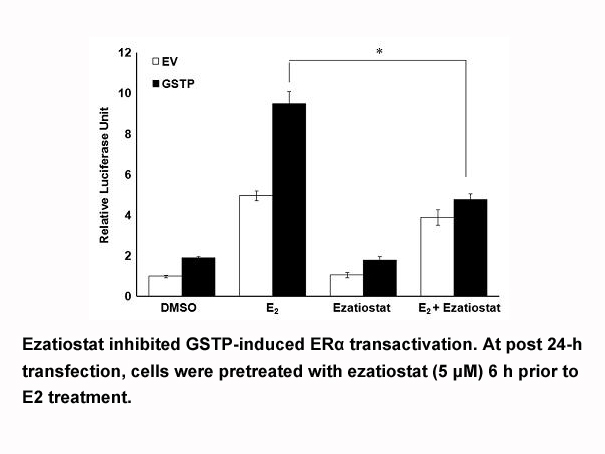Archives
One of the specifications of the
One of the specifications of the NIA-AA research framework was that it OSMI-1 synthesis be applicable in two distinct research contexts—interventional trials and observational research. In many if not most modern AD interventional trials, individuals are selected for inclusion with the aid of biomarkers. The studies are concerned only with a defined portion of the population—those in the Alzheimer's continuum. For observational research, on the other hand, the research questions often require that all members of a recruited sample are included (those with non-AD pathologic changes, normal AD biomarkers, and those in the Alzheimer's continuum). In these studies, research questions often hinge on the presence of heterogeneity within the cohort, which is substantially screened out of AD trial cohorts. We therefore outline two types of categorical clinical staging schemes. The first is syndromal categorical cognitive staging that uses traditional syndromal categories and is applicable to all members of a recruited cohort (i.e., includes all biomarker profiles). The second is a numeric clinical staging scheme that is applicable only to those in the Alzheimer's continuum, which the committee felt might be particularly useful in clinical trials.
Implementation
PET or MRI images may be evaluated by visual interpretation or by quantitative methods. Methods of image quantification vary among research groups and are constantly being refined [191,192]. Cut points must be determined, and age norming biomarker cut points is controversial. Arguments have been made that neurodegenerative biomarkers should be age normed because loss of neuropil is closely tied with aging. By contrast, a strong argument can be made that any amyloid or pathologic tau detected by a biomarker is abnormal regardless of age, and thus age-norming biomarker cut points is inappropriate. The distinction between normal aging and age-related disease has been debated for decades [193–195], and we do not presume to settle this here. Cut points should be selected to fit the specific question(s) of interest. It is quite conceivable that the field will ultimately settle on the concept of multiple cut points. For example, lenient cut points would be useful if the research question centered on the earliest evidence of Alzheimer's pathologic change. In contrast, more conservative cut points might be appropriate if the research questions required high diagnostic certainty.
For amyloid imaging, where over a decade of data are available, different ligands, methods of image acquisition, and image processing can result in different thresholds when compared to neuropathologic standards [21,22,196]. These issues are currently less understood for pathologic tau imaging, but the questions are equally tractable. The committee avoided taking a proscriptive approach to these methodologic issues under the assumption that this was best left to expert work groups and individual research centers.
Initiatives to standardiz e imaging and CSF biomarker measures exist, for example, the Centiloid Project [197], EADC-ADNI Harmonized Protocol for hippocampal segmentation [198], Alzheimer's Association Global Biomarkers Standardization Consortium [199], and International Federation of Clinical Chemistry Working Group for CSF proteins [200]. These efforts are the subject of ongoing research, but universal standards have not yet been established [201].
e imaging and CSF biomarker measures exist, for example, the Centiloid Project [197], EADC-ADNI Harmonized Protocol for hippocampal segmentation [198], Alzheimer's Association Global Biomarkers Standardization Consortium [199], and International Federation of Clinical Chemistry Working Group for CSF proteins [200]. These efforts are the subject of ongoing research, but universal standards have not yet been established [201].
Genetics
Genetics is not formally included in the research framework because our concept of disease rests on neuropathologic change (that can be detected by biomarkers). In contrast, gene variants do not measure pathologic change but rather indicate an individual's risk for developing pathologic change. For example, inheritance of an APOE ε4 allele neither defines the presence of Alzheimer's pathologic change or AD nor indicates any particular stage of the disease.
The penetrance of the classic autosomal dominant mutations in APP, PSEN1, or PSEN2 is essentially 100%, and for this reason, it could be argued that these mutations confer a pathologic state that exists from conception. Moreover, one can be almost certain that a symptomatic autosomal dominant mutation carrier has AD neuropathologic change without the use of biomarkers. However, also in this specific instance, our definitions of AD pathologic change and AD are based on biomarker evidence of disease.